| Structure | Name/CAS No. | Articles |
|---|---|---|
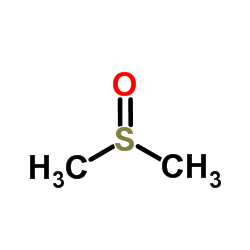 |
Dimethyl sulfoxide
CAS:67-68-5 |
|
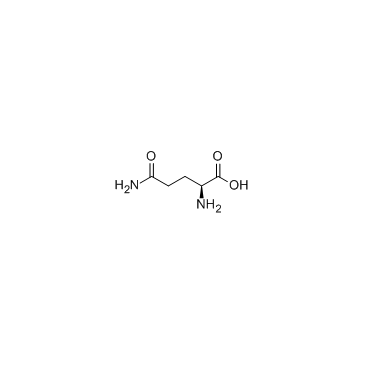 |
L-Glutamine
CAS:56-85-9 |
|
 |
Cadmium chloride
CAS:10108-64-2 |
|
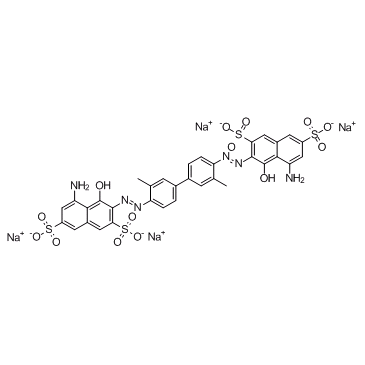 |
Direct Blue 14
CAS:72-57-1 |
|
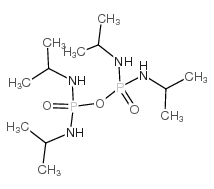 |
N,N',N'',N'''-tetraisopropyldiphosphoramide
CAS:513-00-8 |
|
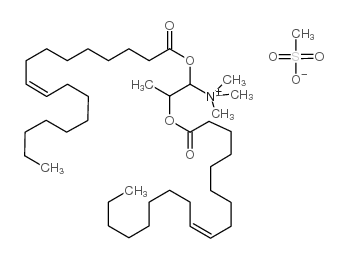 |
DOTAP Transfection Reagent
CAS:144189-73-1 |